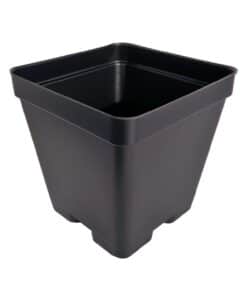-
×
Square Pots for Cactus succulent Container pack of 1 size 13.5x9.5x13cm SQ130
1 × ₹35.00 -
×
 Ranunculus Bulbs pack of 5 Bulbs Mix color not confirm
1 × ₹249.00
Ranunculus Bulbs pack of 5 Bulbs Mix color not confirm
1 × ₹249.00
Subtotal: ₹284.00
 Square Pots for Cactus succulent Container pack of 1 size 13.5x9.5x13cm SQ130
Square Pots for Cactus succulent Container pack of 1 size 13.5x9.5x13cm SQ130
 Ranunculus Bulbs pack of 5 Bulbs Mix color not confirm
Ranunculus Bulbs pack of 5 Bulbs Mix color not confirm
Subtotal: ₹284.00
 Square Pots for Cactus succulent Container pack of 1 size 13.5x9.5x13cm SQ130
Square Pots for Cactus succulent Container pack of 1 size 13.5x9.5x13cm SQ130
 Ranunculus Bulbs pack of 5 Bulbs Mix color not confirm
Ranunculus Bulbs pack of 5 Bulbs Mix color not confirm
Subtotal: ₹284.00
₹249.00
Out of stock
| Number of plants | 1 |
|---|---|
| Growing month | Feb to Oct |
| Temperature | above 30C |
| Sun | Under white shade net |
| Blooming period | spring |
| Color | Green |
|---|---|
| Growth Pattern | Globular |
| Idea Pot Size | 6 inches |
| Origin Country | India |
You must be logged in to post a review.
Reviews
There are no reviews yet.